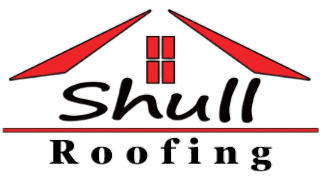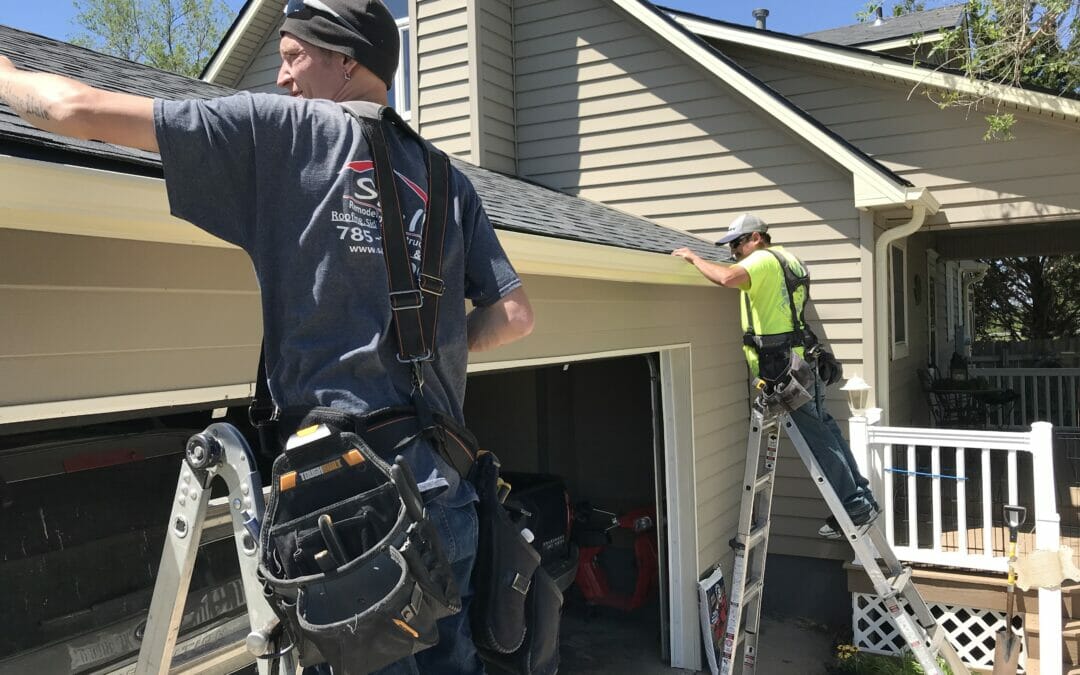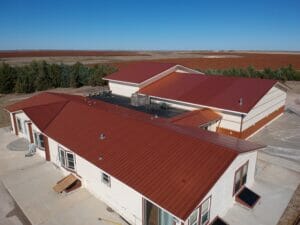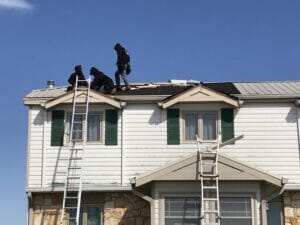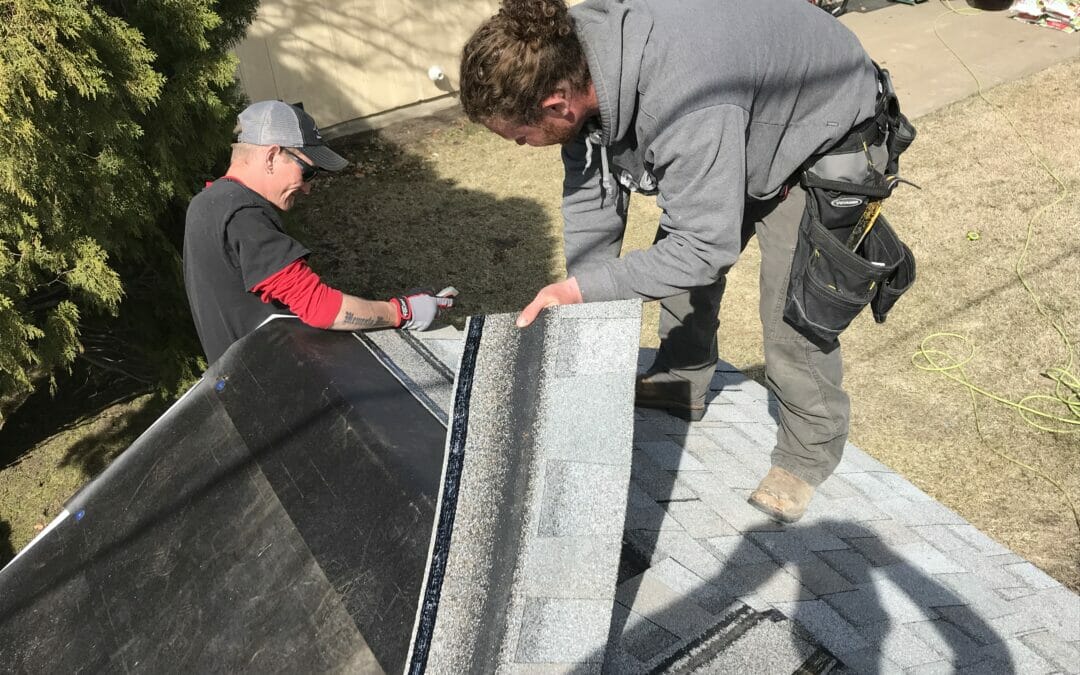
Understanding Your Roof: Exploring the Vulnerable Areas of a Roof
The roof is an integral part of any building, protecting it from the elements and ensuring the safety and comfort of its occupants. However, roofs are not immune to wear and tear, especially in regions like Great Bend, where diverse weather conditions can take a toll on their integrity. This article will explore some of the vulnerable areas of roofs, shedding light on potential weak points that homeowners and property managers should be aware of. By understanding these vulnerable areas, timely inspections, maintenance, and repairs can be carried out to safeguard homes and buildings from potential damage. Be sure to keep Shull Remodeling’s number close by for assistance with these inspections and repairs.
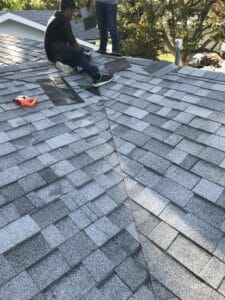
Shingles and Roof Coverings
The outermost layer of a roof, including shingles or other roof coverings, is often exposed to the harshest weather conditions. Extreme temperatures, high winds, heavy rainfall, and hail can cause damage over time. Loose or missing shingles can lead to water infiltration, which may result in leaks and subsequent interior damage. Additionally, the adhesive that holds shingles together can deteriorate, causing them to curl or warp. Regular inspection of the shingles and roof coverings, as well as prompt replacement or repair when necessary, is essential to maintain the roof’s protective capabilities.
Flashings and Sealants
Flashings and sealants play a critical role in preventing water penetration around roof protrusions, such as chimneys, skylights, vents, and junctions with walls. Where heavy rains are common, these vulnerable areas can be susceptible to leaks if flashings and sealants are not properly installed or maintained. Over time, exposure to weather elements can cause them to deteriorate, crack, or separate from the roof surface, compromising their effectiveness. Regular inspections should include checking for signs of damage or detachment and promptly addressing any issues to prevent water intrusion and subsequent damage to the roof structure and interior spaces.
Gutters and Downspouts
The gutters and downspouts play a crucial role in directing water away from the roof and foundation of a building. Clogged or damaged gutters and downspouts can lead to water backup and overflow. This excess water can seep into the roof, causing rot, mold growth, and even structural damage. Regular cleaning and maintenance of gutters and downspouts are essential to prevent clogs caused by debris, leaves, and other obstructions. Additionally, it is crucial to inspect the gutters and downspouts for damage, such as cracks or loose connections, and address them promptly to ensure proper water drainage and protection of the roof.
Roof Ventilation
Proper roof ventilation is essential for maintaining a healthy and long-lasting roof. Inadequate ventilation can result in excessive heat buildup in the attic, leading to various issues such as premature aging of roofing materials, increased energy costs, and potential mold growth. On the other hand, excessive ventilation can compromise the roof’s structural integrity and insulation efficiency. It is crucial to strike the right balance and ensure adequate airflow to remove excess heat and moisture. Regular inspections of vents, soffits, and attic spaces are necessary to identify potential ventilation problems and make necessary adjustments or repairs to maintain an optimal environment for the roof.
Understanding the vulnerable areas of roofing services in Great , and placing your trust in a knowledgeable and professional company such as Shull Remodeling, is vital for homeowners and property managers to ensure the longevity and integrity of their buildings. Regular inspections, maintenance, and timely repairs are essential to address issues promptly and prevent further damage. By paying close attention to vulnerable areas such as shingles and roof coverings, flashings and sealants, gutters and downspouts, and roof ventilation, property owners can safeguard their investments and maintain a secure and comfortable living environment for years to come.
